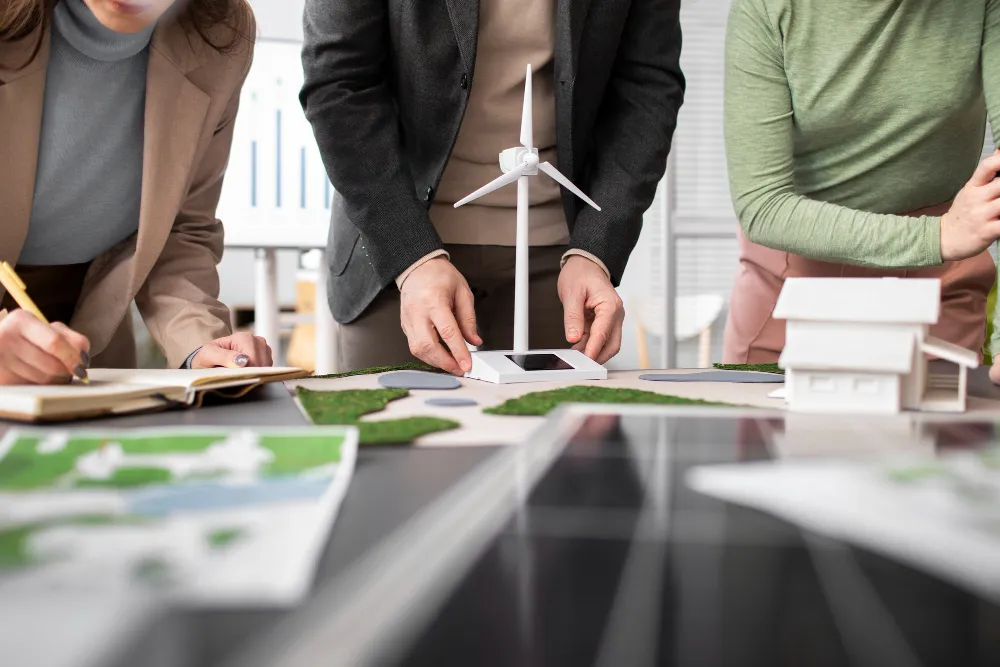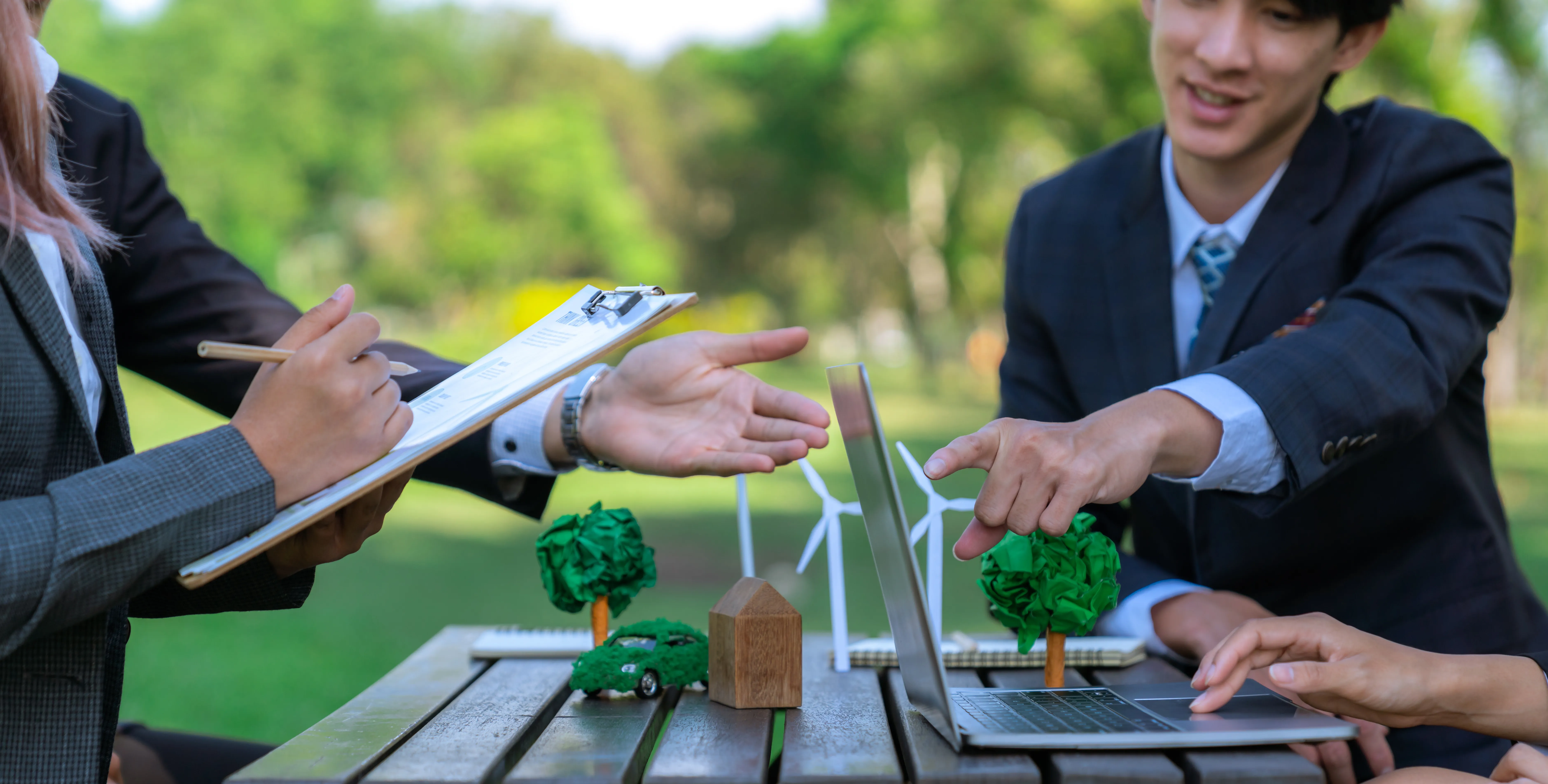Lorem ipsum adipiscing purus fermentum. Praesent vitae quam sed...


Sustainability remains at the forefront of real estate development today. There has been a trend to integrate historic preservation and sustainability measures in green real estate projects. This gives an opportunity to hold on to the past and develop towards a sustainable future.
Historic buildings have unique architectural designs, and as a result, they are often considered for restoration while considering various environmental factors to make the building environmentally friendly. This approach not only helps preserve cultural heritage but also upgrades the environmental performance of older properties.
Let's take a closer look at how historic preservation plays a vital role in green real estate development.
Historic preservation and sustainability do not have to be opposing forces. They are usually aligned. For example, preservation reduces the requirement for fresh raw materials so that construction becomes even greener and carbon-negative, as there is no need for demolition.
In addition, waste is minimized by avoiding the energy and costs typically required for maintaining current buildings and conserving energy. Renovating green historic buildings maintains architectural integrity and also improves the environment's performance.
Many historic properties can be adapted to meet modern energy efficiency standards, thereby balancing sustainability with preservation. This mix of old and new will benefit the environment and the community. Moreover, policies such as New York's Local Law 97, which mandates carbon reductions in large buildings, encourage sustainable practices in the renovation of historic properties.
The goal behind renovating existing, historic structures 'greenly' is to achieve energy efficiency while preserving their historic characteristics. So, when renovating old buildings into sustainable ones,high-density insulation and window seals, enhanced HVAC systems, and far more sophisticated heating and cooling are installed.
If a historic site embraces green restorations, its energy utilization is considerably reduced. These practices reduce operational costs and also provide tangible benefits, including increased sustainability and value in the real estate market. For example, replacing old windows with energy-efficient windows would save on both heat and cooling, with the said building's aesthetic value remaining the same.
Some green real estate restoration projects demand the use of sustainable conservation methods. While other methods use replacement, the preservation and restoration of the original material can save the building's historic value while also making the structure more environmentally friendly.
Encourage retrofitting historic buildings with energy-saving systems like LED lighting, high-efficiency HVAC, and smart thermostats. These sustainable preservation techniques make old structures fit present-day standards of energy consumption while retaining old characteristics. Local Law 97 permits these retrofits, which ensures property owners can reduce carbon footprints as a result of increased energy efficiency.
All energy-efficient historic properties blend the essence of the past with the best technology available today. Installing energy-efficient systems such as solar panels can considerably reduce the energy consumed by old buildings.
Improvements include better insulation, advanced windows, and energy-efficient lighting systems for the creation of energy-efficient heritage buildings.
These energy-efficient retrofits enable older buildings to reduce their carbon footprint while maintaining their historical integrity. The owners of large historic buildings now have to comply with the particular standard of carbon emission as required under Local Law 97, making the upgrades essential.
This new regulation will undoubtedly lead to energy-efficient upgrades. It is a step towards sustainable development in cities in relation to historic preservation and energy efficiency.
Green real estate restoration mainly involves upgrading old buildings with added consideration towards sustainability. The concept is a subtle balance between preserving the building's history and integrating modern, environmentally friendly technologies. This approach aims to improve the performance of buildings to meet the new needs of users or tenants.
Many green real estate restoration projects focus on upgrading energy-efficient systems, installing renewable energy sources, and applying sustainable materials. This type of project not only saves the environment but also adds great value to business spaces and communities. Assisted by Local Law 97, these projects form significant steps in fulfilling carbon-reduction targets set in cities such as New York.

To enhance the role of historic preservation in green real estate projects, several strategies should be considered:
Historic preservation in green real estate combines sustainability with cultural heritage. Restoring historic buildings using green renovations and sustainable techniques improves energy efficiency and meets modern environmental standards.
It is through historic preservation that the past is preserved and optimized for the future. Local Law 97 has further enhanced the trend by making it easier for property owners to meet energy efficiency goals while maintaining the unique character of their buildings.
The green real estate restoration is an answer that respects the past but embraces a more sustainable future as cities continue to grow and evolve.
Lorem ipsum adipiscing purus fermentum. Praesent vitae quam sed...
Lorem ipsum adipiscing purus fermentum. Praesent vitae quam sed...